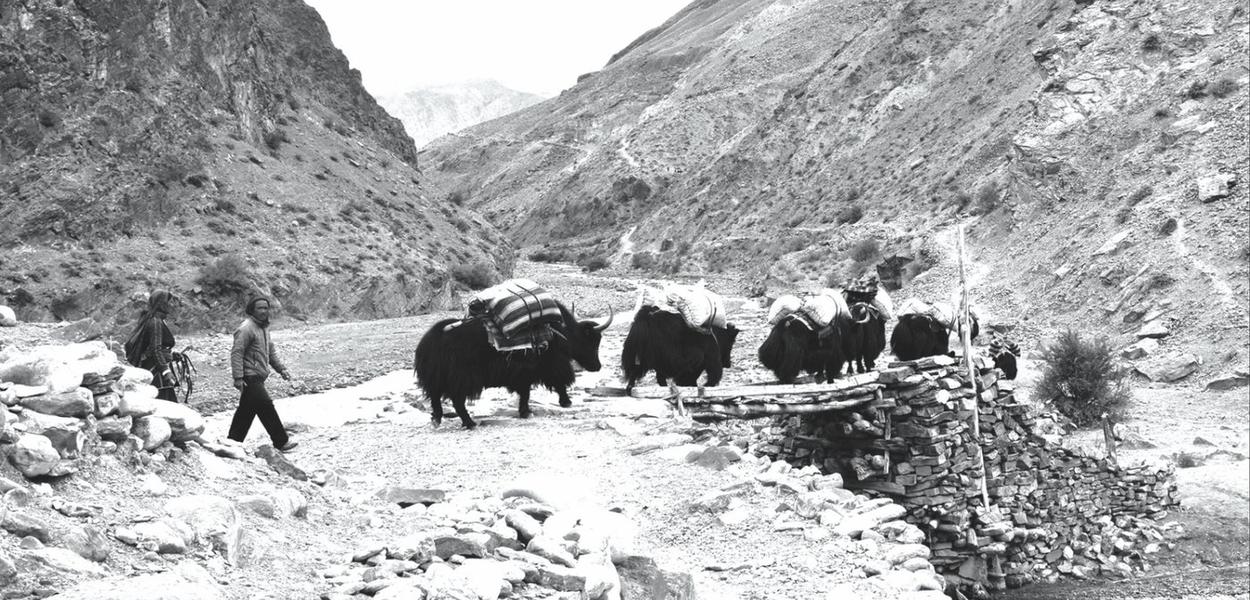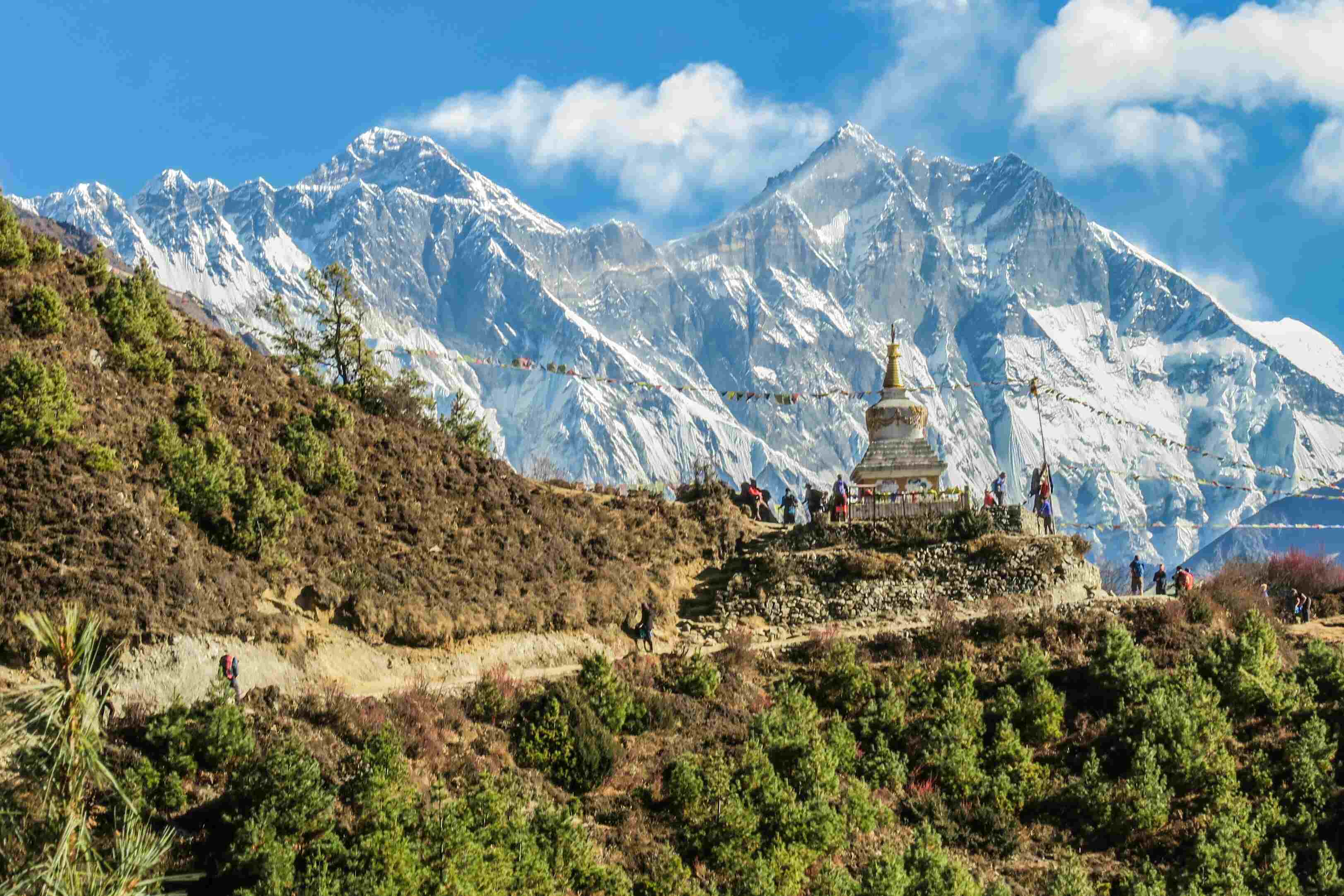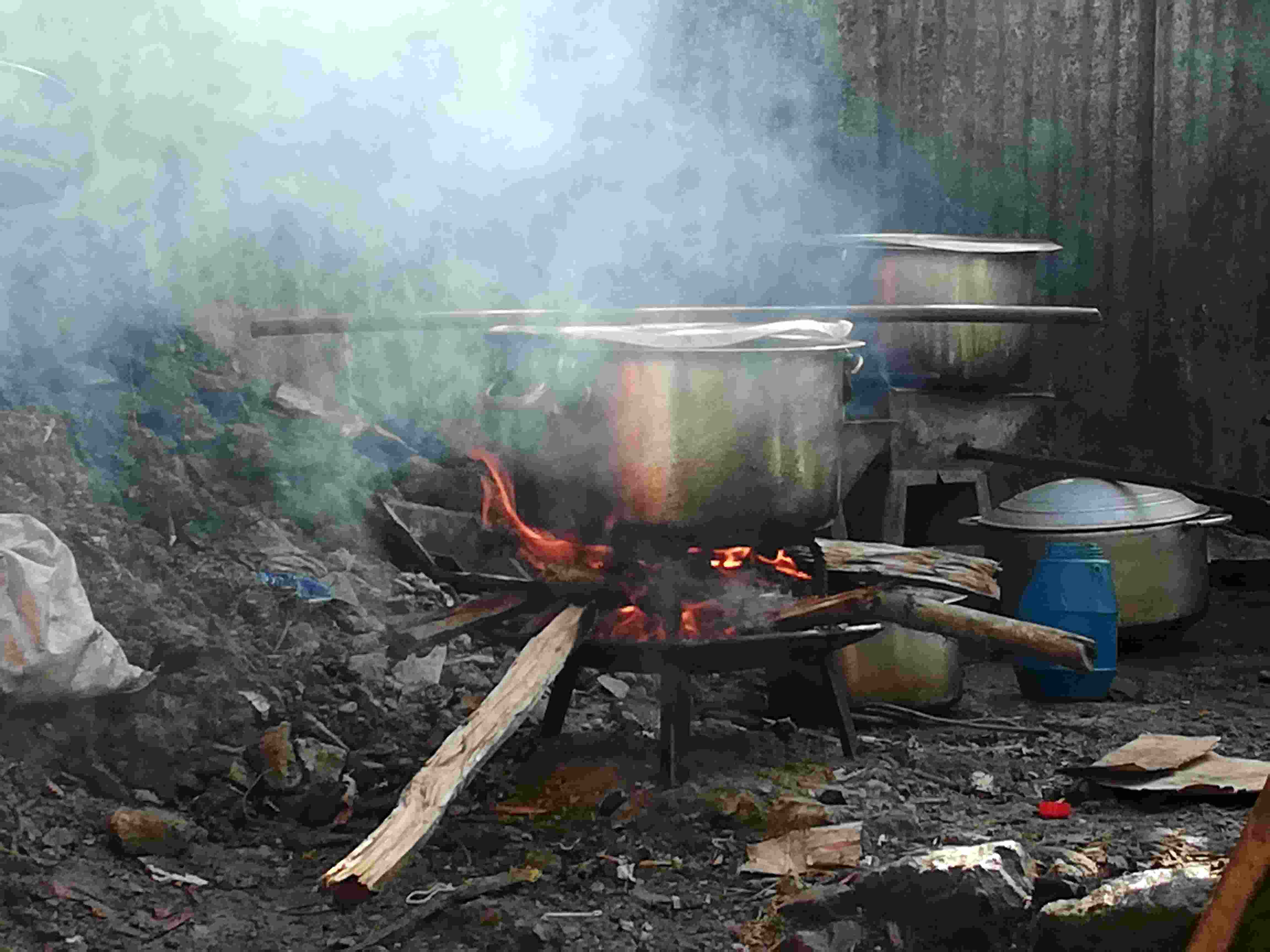Share this Article
Nestled in the remote northwestern corner of Nepal, Humla is a land of rugged mountains, deep gorges, and isolated communities. For centuries, this region has been a crossroads of trade, culture, and survival, with ancient salt trade routes threading through its valleys and high passes. These routes, long forgotten by modern travelers, were once vital arteries connecting the Tibetan plateau to the fertile lowlands of Nepal. They carried not just salt, but stories, culture, and the lifeblood of Himalayan civilizations. This article delves into the history, geography, cultural significance, and the forgotten narratives of Humla’s ancient salt trade routes.
Geography and Strategic Importance of Humla
Humla is a district of extreme topography, bordered by Tibet to the north and the Karnali River to the south. Its remoteness has preserved traditional ways of life, making it one of the most isolated regions in Nepal. The high Himalayan passes, treacherous cliffs, and narrow valleys posed immense challenges for traders, yet they did not deter the flow of essential goods.
Salt, an invaluable commodity in historical Nepal, was imported from Tibet and carried along these rugged routes to Humla’s villages and beyond. The salt trade was crucial because Humla’s arid highlands and valleys could not produce sufficient salt locally. In return, traders carried grains, wool, and handicrafts from Nepal southward into Tibet, fostering an interdependent economic system.
The Role of Salt in Historical Nepal
Salt was far more than a culinary ingredient; it was a symbol of wealth, survival, and political influence. In Humla, salt represented life itself, especially for communities living at high altitudes where livestock required mineral supplementation. The scarcity of salt meant that its trade determined the prosperity of villages and the mobility of people across the region.
Historical records suggest that Tibetan salt caravans, often composed of hundreds of yaks, would make the long journey across passes like the Limi La and Lapcha La. Each caravan was a carefully coordinated enterprise, relying on experienced guides who knew the treacherous terrain, seasonal weather patterns, and local wildlife hazards. The value of salt was such that it was sometimes exchanged pound-for-pound for grains or livestock, emphasizing its critical economic role.
The Routes and Their Challenges
Humla’s salt trade routes were among the most dangerous in the Himalayas. Traders faced extreme cold, landslides, avalanches, and narrow cliffside paths. The high passes were snowbound for months, forcing caravans to plan journeys meticulously, often only during late spring or early autumn.
Along these routes, small villages served as resting points and trading hubs. Traders relied on these settlements not only for supplies but also for guidance, information, and shelter. These villages became repositories of cultural exchange, where languages, rituals, and artistic influences mingled along with trade goods.
Cultural Interactions Along the Routes
The salt trade facilitated more than commerce; it nurtured a rich tapestry of cultural interactions. Humla became a meeting point for Tibetan, Nepali, and indigenous Khas communities. Traders carried stories, religious ideas, and artistic traditions along with goods, enriching the cultural landscape of the region.
Local monasteries, particularly in areas like Limi Valley and Simikot, acted as spiritual waypoints for caravans. Traders and villagers would offer prayers for safe passage, and monasteries sometimes provided temporary refuge during harsh winters. These interactions helped forge a cultural network that linked Humla with distant regions, creating a sense of shared heritage despite geographic isolation.
Forgotten Narratives and Oral Histories
Many stories of the salt trade survive today only in oral histories, often recounted by the elders of Humla. Tales of heroism, loss, and endurance are common. Some recount how entire caravans were buried by sudden avalanches, while others speak of cunning negotiations that saved villages from famine.
The oral histories also highlight the human side of trade—the friendships, rivalries, and alliances that emerged in this challenging environment. Songs, folk tales, and ritual performances often included references to salt caravans, demonstrating the deep imprint of trade on local culture. These forgotten stories provide insight into the resilience, adaptability, and ingenuity of Humla’s communities.
Economic and Political Implications
The salt trade had significant economic and political ramifications. Control over the routes and the ability to access salt influenced the power dynamics between villages and regional rulers. Wealth generated from trade allowed some settlements to fortify themselves, build monasteries, and invest in agricultural infrastructure.
During periods of conflict or political instability, control over these routes could determine the survival of entire communities. The strategic importance of salt trade routes explains why some high passes were heavily guarded and why disputes occasionally erupted over access and tariffs.
Decline of the Ancient Salt Trade
The decline of Humla’s traditional salt trade began with the advent of modern transportation, the introduction of cheaper refined salt from the south, and political changes that restructured trade networks. Air transport and road construction reduced dependence on long, perilous journeys across the mountains.
While this shift brought convenience and modern goods to Humla, it also eroded centuries-old traditions. Caravan trails fell into disuse, and many villages that once thrived as trading hubs became isolated and economically marginalized. The oral histories of traders, the architectural remnants of caravan shelters, and the terraces used for salt storage are now the only tangible reminders of this rich legacy.
Preservation and Tourism Potential
Despite its decline, the ancient salt trade offers opportunities for cultural preservation and sustainable tourism. Trekking routes that follow old caravan paths can provide immersive experiences for visitors, highlighting both natural beauty and historical significance. Storytelling, museum exhibits, and guided tours can revive interest in the region’s trading heritage, ensuring that younger generations appreciate the historical importance of salt in Humla.
Some local initiatives have already begun mapping and documenting old trade paths, monasteries, and resting points, integrating cultural education with trekking. By connecting tourists with the living history of Humla, these efforts help sustain local economies while preserving intangible heritage.
Lessons from the Salt Trade
The ancient salt trade routes of Humla illustrate the intricate relationship between geography, culture, and survival. They teach modern society valuable lessons in resilience, resourcefulness, and the significance of trade networks in sustaining isolated communities.
Furthermore, they emphasize the importance of preserving both natural and cultural heritage. In an age of rapid modernization, understanding the historical reliance on these routes fosters appreciation for indigenous knowledge, ecological adaptation, and community cooperation.
Conclusion
Humla’s ancient salt trade routes are more than pathways for commerce; they are conduits of culture, history, and human endurance. While modern transportation has diminished their economic relevance, the stories, traditions, and architectural remnants of these routes remain invaluable. They remind us of a time when survival depended on skill, courage, and knowledge of the land.
Preserving and celebrating these routes can strengthen cultural identity, promote sustainable tourism, and provide a living connection to Nepal’s Himalayan past. As we retrace the forgotten trails of salt caravans, we rediscover not only the hardships of ancient traders but also the enduring spirit of the communities that thrived along these extraordinary paths.
Categories:
Lifestyle & Local Life
Tags:
Humla







